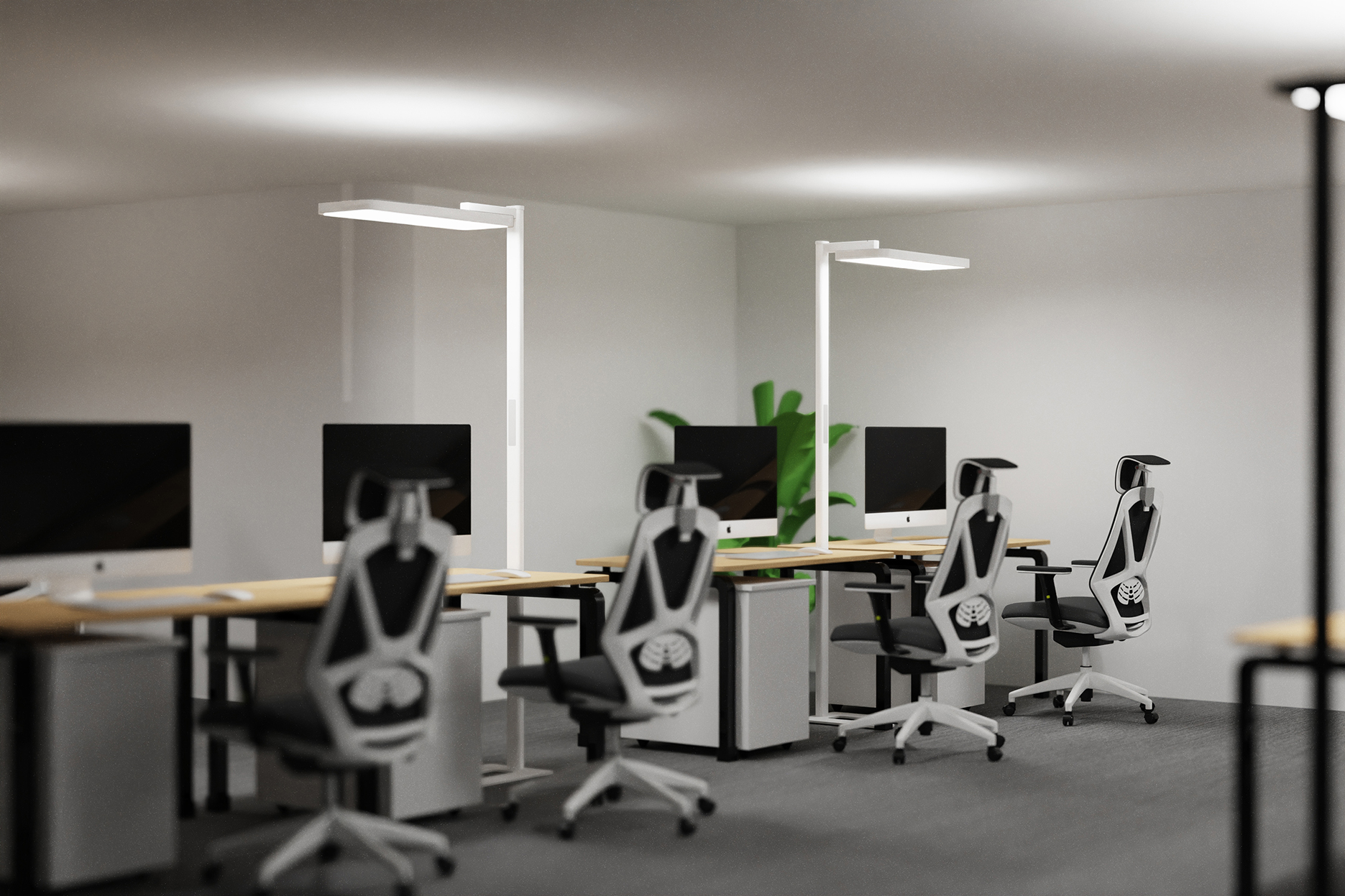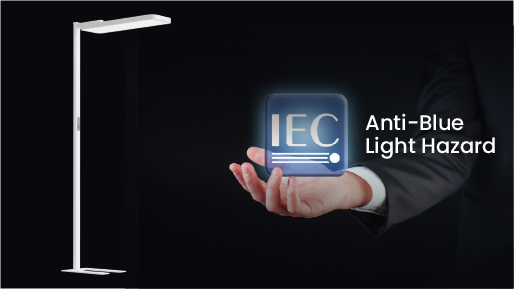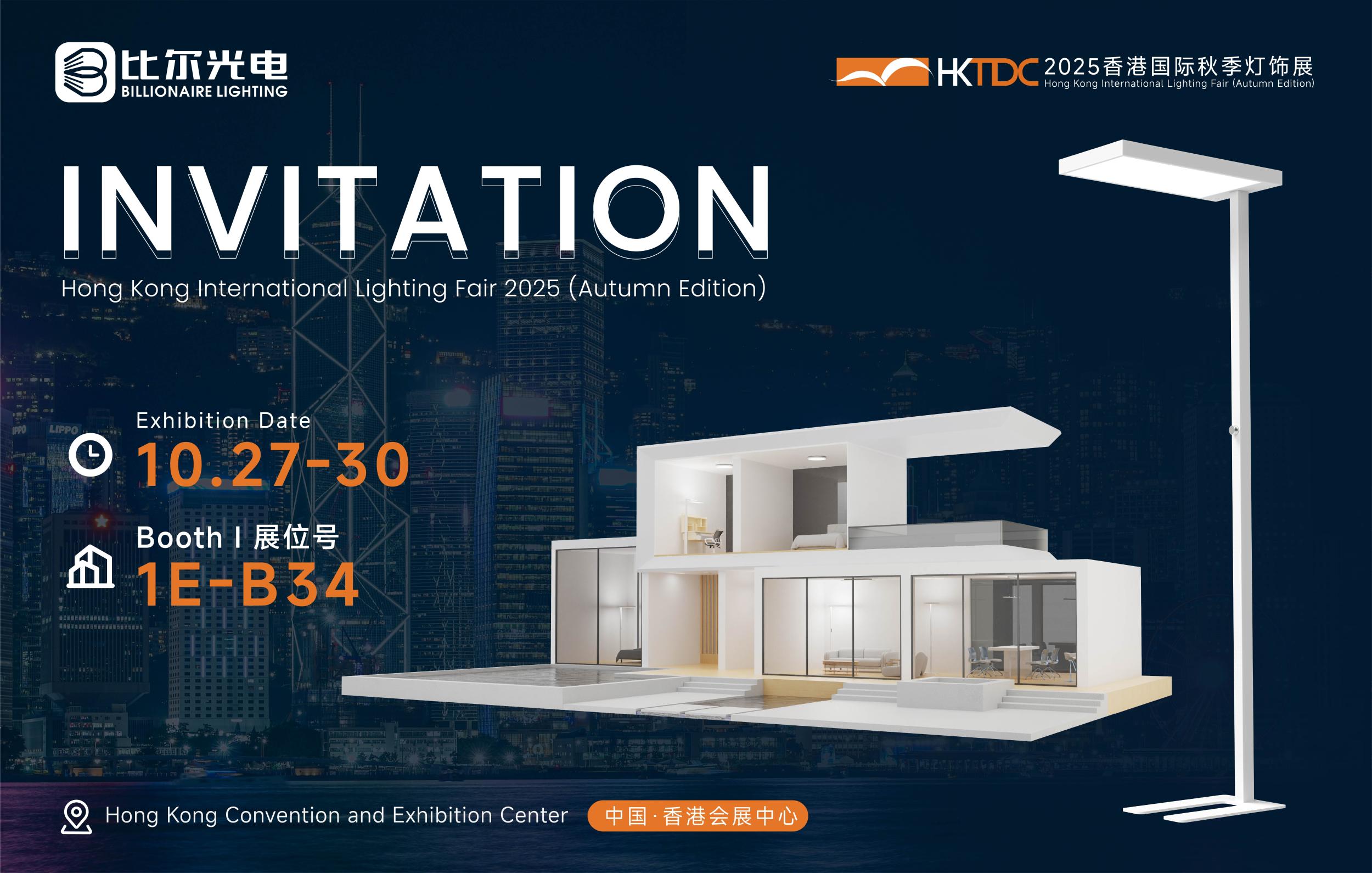I. Introduction
In the contemporary workplace, where employees are constantly engaged in reading tasks, be it poring over reports, studying technical manuals, or analyzing data, the significance of a proper reading lamp cannot be overstated. A well - designed workplace reading lamp not only provides the necessary illumination for clear visibility but also contributes to the overall comfort, productivity, and well - being of the workers. This in - depth exploration will cover every aspect of workplace reading lamps, from their design elements and lighting characteristics to their diverse applications and the technological advancements that are shaping their evolution.
II. Design Elements of Workplace Reading Lamps
A. Base Design
1. Shape and Material Considerations
The base of a workplace reading lamp serves as the foundation, ensuring stability. Circular bases are popular due to their 360 - degree balance. They can be constructed from materials like heavy - duty plastic, which offers cost - effectiveness and moldability. Metal bases, such as aluminum or steel, are also common. Aluminum bases, being lightweight yet sturdy, often feature a brushed or polished finish. A brushed aluminum base gives a modern, industrial look, while a polished one exudes elegance. In some cases, bases are weighted, either with internal metal components or filled with substances like sand, to prevent tipping, especially in high - traffic work areas.
Square or rectangular bases are another option, particularly in more space - conscious workplaces. These bases can be placed neatly against desks or in corners. They are often used in minimalist - designed lamps, where a clean, geometric aesthetic is desired. Some square and rectangular bases come with additional functionality, such as built - in storage compartments. These compartments can hold small office supplies like paperclips, staples, or sticky notes, adding to the lamp's practicality.
2. Footprint and Mobility
The size of the base is an important consideration. In crowded workspaces, a compact base is ideal as it takes up minimal space. However, for larger desks or areas where the lamp needs to be moved around frequently, a larger, more stable base might be preferred. Some lamps have bases with wheels or casters, allowing for easy mobility. This is especially useful in shared workspaces or in environments where employees need to reposition their lighting according to different tasks or seating arrangements.
B. Arm and Adjustability
1. Length and Flexibility
The arm of a workplace reading lamp is crucial for directing the light precisely where it's needed. Adjustable arms can be made of metal or high - quality plastic. Metal arms, such as those made of steel, offer strength and durability, while plastic arms are often more lightweight and flexible. The length of the arm varies depending on the intended use. A longer arm is suitable for larger work surfaces or for reaching over multiple items on a desk. For example, in a graphic design studio, a long - armed reading lamp can be adjusted to shine light on large - format drawings or multiple reference materials.
Some arms are multi - jointed, providing a wide range of movement. This enables users to position the light at different angles, whether it's for reading a book at a slant, illuminating a computer screen from the side to reduce glare, or highlighting a specific area on a document. Gooseneck - style arms are particularly popular as they can be bent and twisted into almost any shape, offering maximum flexibility in light positioning.
2. Telescoping and Articulating Features
Telescoping arms are another feature found in some workplace reading lamps. These arms can be extended or retracted, allowing the user to adjust the height of the lamp head. This is useful for adapting to different desk heights or for changing the distance between the light source and the reading material. Articulating arms, on the other hand, can pivot at multiple points, providing even more versatility in directing the light. For instance, an articulating arm can be adjusted to direct light upwards to provide ambient lighting in addition to task lighting, creating a more comfortable and well - lit work environment.
C. Lamp Head and Shade Design
1. Design and Function
The lamp head houses the light source and is designed to optimize light distribution. It can have a simple, circular shape for a classic and functional look. In more modern designs, lamp heads may feature angular or geometric shapes, adding a contemporary touch. Some lamp heads are adjustable, allowing users to pivot or tilt the light source. This is essential for tasks such as reading at an angle or illuminating a specific area on a three - dimensional object.
The shade of the lamp is a key component that affects the quality of light. Shades can be made from a variety of materials. Fabric shades, like linen or cotton, are popular for their ability to diffuse light softly. Linen shades, in particular, add a natural and warm feel, creating a comfortable reading atmosphere. Glass shades are also common. Clear glass shades provide a direct and focused light, which is suitable for tasks that require high - intensity illumination, such as reading fine - print documents. Frosted or textured glass shades, on the other hand, scatter the light, reducing glare and providing a more even distribution.
2. Size and Coverage
The size of the lamp head and shade impacts the area that the lamp can illuminate. Larger lamp heads with wider shades can cover a larger area, making them suitable for illuminating multiple pages of a document or a group of reference materials. Smaller lamp heads with narrower shades are more focused and are ideal for tasks that require pinpoint lighting, such as reading a single line of text or highlighting a specific detail in a drawing.
III. Lighting Characteristics of Workplace Reading Lamps
A. Light Source Options
1. LED Technology
Light - Emitting Diodes (LEDs) have become the dominant light source in workplace reading lamps. LEDs are highly energy - efficient, consuming significantly less power compared to traditional incandescent or fluorescent bulbs. They can last up to 50,000 hours or more, reducing the need for frequent bulb replacements. This is especially beneficial in a workplace setting where maintenance should be minimized. LEDs also offer a wide range of color temperatures. A warm white color temperature (around 2700K - 3000K) mimics the soft, yellowish light of a traditional incandescent bulb, creating a cozy and relaxing atmosphere, which can be suitable for less - demanding reading tasks or during breaks. A cool white color temperature (around 5000K - 6500K), similar to daylight, is great for tasks that require high concentration, such as reading complex reports or analyzing data. High - quality LEDs also have a high color rendering index (CRI), typically above 80 or even 90 in premium models. This means they can accurately represent the colors of objects in the room, which is crucial for reading materials with colored text, graphs, or images.
2. Other Light Sources
While LEDs are the norm, some workplace reading lamps still use other light sources. Incandescent bulbs, although less common due to their inefficiency and short lifespan, produce a warm, soft light that some users may prefer for a more traditional feel. However, they consume a large amount of energy and generate a significant amount of heat. Compact Fluorescent Lamps (CFLs) were once a popular alternative to incandescent bulbs as they are more energy - efficient. But CFLs contain mercury, which poses environmental risks during disposal, and their light quality can sometimes be harsh or flicker, which may cause eye strain during long - term reading.
B. Dimming and Color - Tuning
1. Dimming Capabilities
Many modern workplace reading lamps come equipped with dimming features. Dimming allows users to adjust the brightness of the light according to their needs and the lighting conditions in the workplace. In a brightly lit office during the day, the reading lamp can be dimmed to reduce eye strain, as the ambient light already provides sufficient illumination. In the evening or in a dimly lit area, the lamp can be brightened to ensure clear visibility of the reading material. Some advanced models offer stepless dimming, which means the transition between different brightness levels is seamless, without any visible jumps or flickers. This provides a more comfortable and natural - feeling lighting experience.
2. Color - Tuning Features
Color - tuning is an increasingly popular feature in workplace reading lamps. It enables users to change the color temperature of the light. This is extremely useful as different color temperatures can have different effects on the reading experience and productivity. For example, in the morning when employees need to be alert and focused, a cool white light can be selected. As the day progresses and fatigue sets in, a warmer white light can be chosen to create a more relaxing atmosphere while still allowing for effective reading. Some high - end reading lamps even offer a full spectrum of color options, allowing users to customize the light to their specific preferences or to match the mood of the work environment.
IV. Applications of Workplace Reading Lamps
A. Office Settings
1. Desk - Based Work
In a traditional office setting, workplace reading lamps are essential for employees who spend a significant amount of time reading documents, reports, or contracts. A well - placed reading lamp on a desk provides focused illumination, reducing eye strain and improving productivity. In open - plan offices, where overhead lighting may not be sufficient for individual tasks, reading lamps can create a personal, well - lit work area. The adjustable features of the lamp, such as the arm and dimming capabilities, can be used to adapt to different desk layouts and lighting conditions. For example, an employee sitting near a window can adjust the lamp's brightness and angle to compensate for the varying levels of natural light throughout the day.
2. Meeting Rooms and Conference Areas
In corporate meeting rooms and conference areas, reading lamps can be used by participants to read important documents or presentations. The ability to adjust the light intensity and color temperature can help create a more professional and comfortable atmosphere. For example, during a business presentation, a cool white light can be set to enhance visibility of the materials being presented, while in a more casual meeting where discussion and note - taking are the main activities, a warmer white light can be chosen to create a more relaxed environment. Some reading lamps with adjustable arms can also be positioned to direct light onto a whiteboard or a projection screen, making it easier for everyone in the room to see the information.
B. Home Offices
1. Remote Work Requirements
With the rise of remote work, home offices have become a common workplace setting. Workplace reading lamps are crucial in home offices for providing proper lighting for reading, writing, and working on a computer. A reading lamp placed next to the desk helps create a dedicated work environment, separating the work area from the rest of the home. The adjustable features of the lamp can be used to adapt to different lighting conditions in the home, such as natural light coming in from windows. During the day, if there is sufficient natural light, the lamp can be dimmed. In the evening, it can be brightened to provide adequate illumination for continued work. The ability to adjust the color temperature can also help regulate the body's internal clock, with a cool white light in the morning to wake up the senses and a warm white light in the evening to wind down.
2. Space Optimization
In home offices, where space may be limited, workplace reading lamps with space - saving designs, such as desk - mounted or clip - on lamps, are highly suitable. These lamps can be easily attached to the desk or other surfaces, providing focused lighting without taking up too much space. Some clip - on reading lamps are even battery - powered, adding to their portability and flexibility, allowing users to move them around the home office as needed.
C. Libraries and Research Facilities
1. Study Areas
In libraries, workplace reading lamps are used by students, researchers, and general readers. They are placed at individual study carrels, tables, and reading nooks. Reading lamps in libraries need to provide a high - quality, glare - free light to ensure a comfortable reading experience. The dimming feature can be used to adjust the light intensity based on the time of day and the number of people using the library. For example, during peak study hours, a brighter light may be preferred, while in the evening when the library is quieter, a dimmer light can create a more peaceful atmosphere.
2. Research - Specific Needs
In research facilities, reading lamps are essential for scientists and researchers who need to read technical reports, research papers, and experimental data. The high CRI of the light source in these lamps is crucial for accurately interpreting colored graphs, charts, and images in research materials. Some research - focused reading lamps may also come with additional features such as magnifying lenses or built - in rulers, which can be useful for analyzing small - scale data or measurements.
V. Technological Advancements in Workplace Reading Lamps
A. Smart Lighting Integration
1. Connectivity and Control
The integration of smart lighting technology has transformed workplace reading lamps. Many modern reading lamps can be connected to a home or office network and controlled via a smartphone app or voice - controlled assistants like Amazon Alexa or Google Assistant. This smart lighting integration allows for remote operation. For example, an employee can turn the lamp on or off, adjust the brightness and color temperature, and even set schedules from anywhere within the range of their network. A user can program the reading lamp to turn on automatically at a certain time in the morning, gradually increasing the brightness to wake them up gently. The lamp can also be synchronized with other smart home or office devices. For instance, it can be set to turn off when the user leaves the office, or it can adjust its lighting based on the ambient light sensors in the room.
2. Automation and Scenes
Smart - enabled reading lamps support automation and the creation of lighting scenes. Users can create custom scenes where multiple lighting parameters, such as brightness, color temperature, and the on/off state of the lamp, are combined to create a specific mood or lighting environment. For example, a "reading - focused" scene can be programmed where the lamp is set to a cool white light with a high brightness level, while a "relaxation" scene can have a warm white light at a lower brightness. These scenes can be activated with a single tap on the smartphone app or a voice command, making it easy to quickly adjust the lighting to suit different tasks or moods.
B. Energy - Saving and Sustainable Features
1. Energy - Efficient Components
Workplace reading lamps are increasingly incorporating energy - saving technologies. As mentioned earlier, the use of LED light sources is a significant step in this direction. LEDs consume far less energy than traditional light sources, reducing electricity bills and environmental impact. In addition to LED technology, some reading lamps are equipped with motion sensors. These sensors can detect when a user is present in the work area and turn the lamp on automatically. When the user leaves the area, the lamp can be programmed to turn off after a certain period, saving energy.
2. Daylight Harvesting and Energy Management
Another energy - saving feature is the use of daylight - harvesting technology. Some reading lamps are designed to adjust their brightness based on the amount of natural light available in the room. If there is sufficient natural light, the lamp can automatically dim or turn off, and when the natural light fades, it can brighten to maintain a consistent level of illumination. This not only saves energy but also provides a more comfortable and natural - feeling lighting environment. Additionally, some lamps are designed to be part of an overall energy - management system in the workplace, where they can communicate with other lighting fixtures and electrical devices to optimize energy usage.
VI. Conclusion
Workplace reading lamps are more than just sources of light; they are essential tools for enhancing productivity, comfort, and well - being in the modern workplace. Their diverse design elements, lighting characteristics, and applications make them adaptable to a wide range of work environments, from traditional offices to home offices and research facilities. The technological advancements in these lamps, such as smart lighting integration and energy - saving features, are not only improving the user experience but also contributing to a more sustainable and efficient workplace. As the nature of work continues to evolve, workplace reading lamps will undoubtedly play an even more significant role in creating optimal working conditions.



